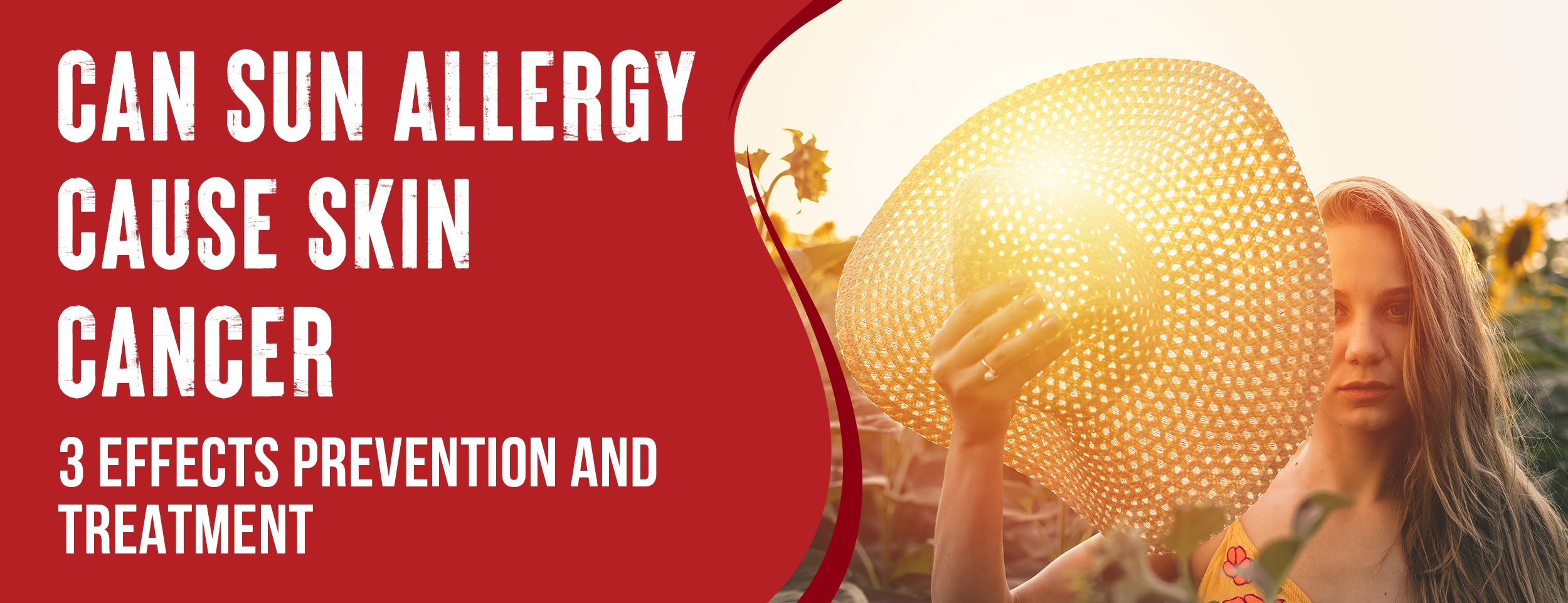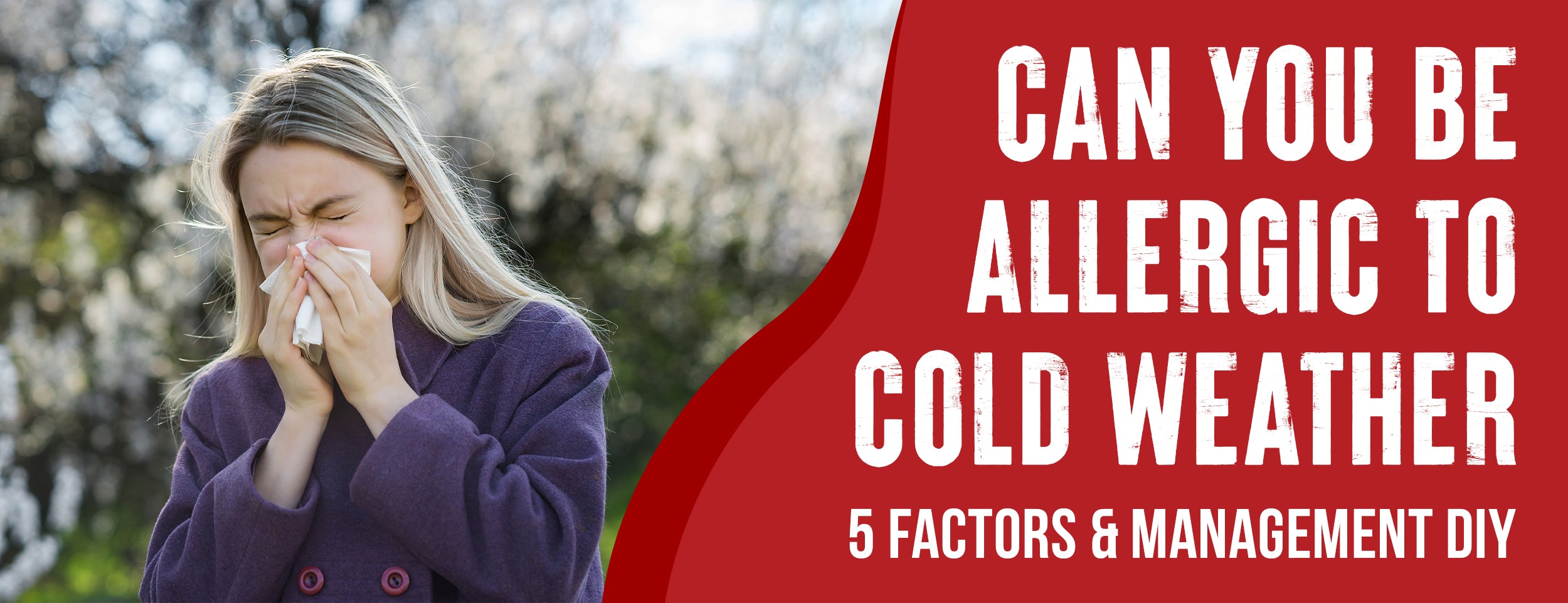Baking soda is a common ingredient in many oral healthcare products. Some people also use it as a home remedy for various skin conditions. You should be aware of the risks of using baking soda on your skin. The skin conditions of acne, eczema, and psoriasis may be worsened by baking soda despite its antibacterial properties.
Baking soda can cause skin irritation, dryness, and other side effects if you increase your pH. The impact of baking
soda can be more harmful than good to your skin.
Also, baking soda's alkalinity makes it essential to use as a face wash. It may strip your skin of essential oils and
disrupt its acid mantle, which protects it against infection.
In this blog post, we will explain whether baking soda causes skin irritation, why baking soda can irritate skin, and ways to use baking soda for skincare.
Can Baking Soda Cause Skin Irritation: 7 Real Reasons
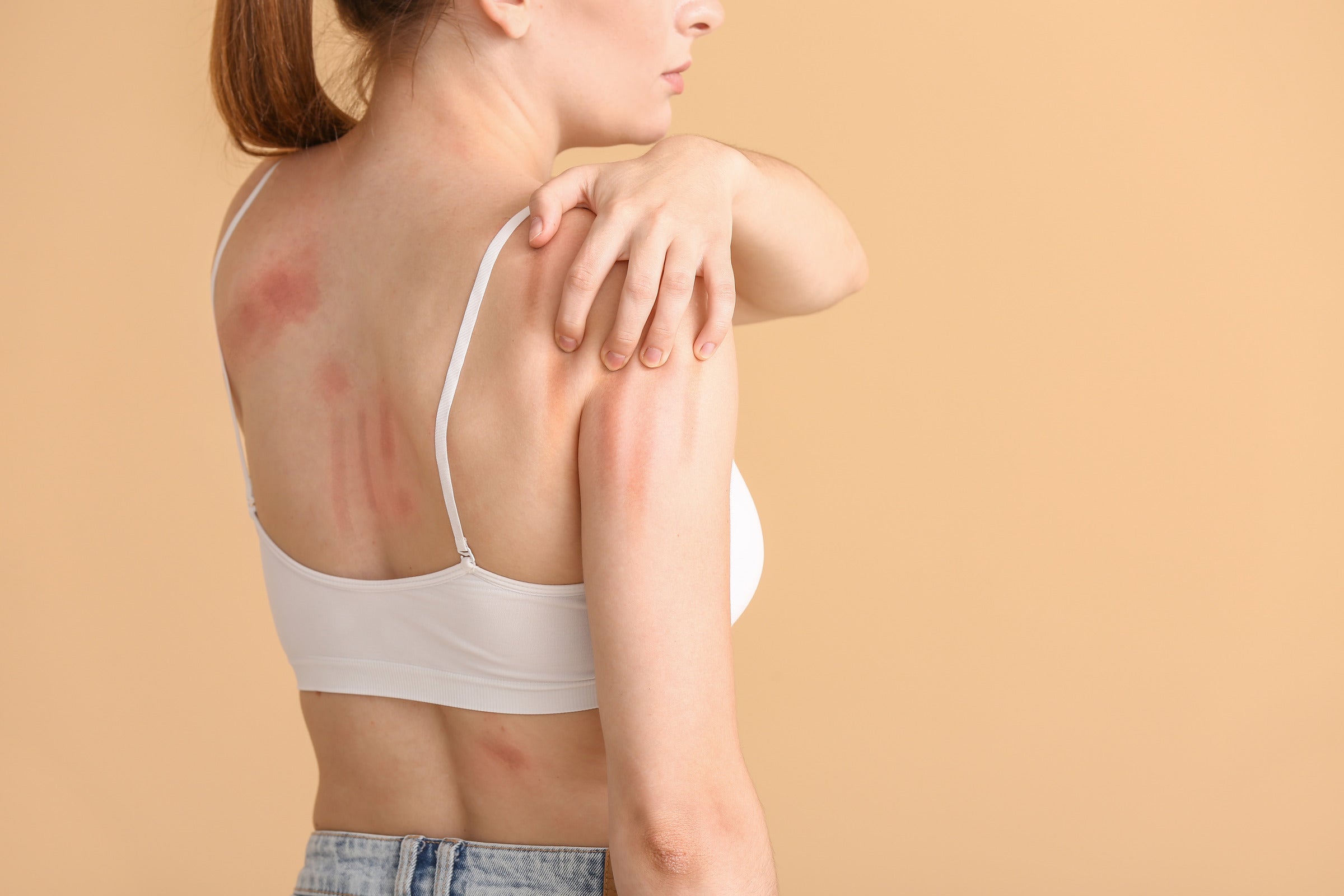
While baking soda is often praised for its versatility, including its use in home remedies for skin care, it's essential to understand that it can also irritate your skin. Let's delve into why baking soda may lead to skin irritation.
Too Basic
It's a scale that measures how acidic or basic something is, ranging from 0 (most acidic) to 14 (most basic). Our skin naturally maintains a slightly acidic pH level of around 5.5 to help keep the skin barrier healthy and fight off harmful bacteria. Because it has a pH of 9, baking soda is very basic. The acid can upset the skin's pH balance, leading to irritation.
Sensitivity
Everyone's skin is unique, and some people have more sensitive skin than others. For those with sensitive skin, using baking soda can cause unpleasant reactions like redness, itching, or burning. Before trying new products, you must know your skin type and any potential sensitivities.
High Alkaline Level
Baking soda's high alkaline level can disrupt the oily acid mantle, shielding the skin from harmful contaminants like bacteria, viruses, and other damaging substances. Disrupting this mantle can leave the skin vulnerable to infection and cause dryness and irritation.

Using Too Much Baking Soda
When you use baking soda on your skin, be cautious not to overdo it, as it can dry out your skin and cause irritation. Before increasing the quantity, begin with a small amount and observe how your skin reacts. You'll avoid potential side effects and ensure you get the most out of your skincare routine.
Removes The Skin's Protective Oil Barrier
Our skin produces natural oils that form a protective barrier to keep it moisturized and defend against harmful substances. Because of its alkaline nature and abrasive texture, baking soda can strip away these essential oils, leaving the skin dry, vulnerable, and prone to irritation.
Disrupts Skin Bacteria
Our skin hosts a community of good bacteria that helps maintain its health. The high pH of baking soda can disrupt this bacterial balance, potentially causing skin issues and increasing the risk of infection.
Over-Exfoliates the Skin
While exfoliation removes dead skin cells, over-exfoliation can damage the skin's surface, leading to inflammation and sensitivity. Baking soda's coarse texture can be too harsh for some skin types, leading to over-exfoliation and subsequent irritation.
7 Ways Safely Use Baking Soda For Skincare

Bicarbonate of sodium, or baking soda, is a common item with many uses. One widespread use is as a natural skincare product. However, its alkaline nature can cause skin irritation for some individuals.
This guide delves into understanding your skin type, the importance of patch testing, using baking soda in moderation, creating balanced mixtures, combining it with other natural ingredients, gentle exfoliation, and soothing minor irritations.
Understand Your Skin Type
Every individual's skin is unique and responds differently to various substances. The first step to safely using baking soda (or any other skincare product) is understanding your skin type. There are five general skin types: normal, dry, oily, combination, and sensitive.
It's neither too dry nor too oily, maintaining good hydration levels with a radiant complexion. Dry skin can be flaky, itchy, and rough. Enlarged pores and a shiny, thick complexion characterize oily skin.
The combination skin type combines dry and oily areas. Usually, the forehead, nose, and chin (T-zone) are often oily, while the cheeks are dry. Sensitive skin may react with redness, irritation, burning, or dryness to different substances.
Baking soda is alkaline, disrupting the skin's pH balance, especially in sensitive skin. Always know your skin type before introducing new skincare products or ingredients.

Perform a Patch Test
A patch test is essential before applying baking soda or new skincare ingredients to larger skin areas. Apply a small amount of baking soda mixed with water to a discreet skin area, like the inside of your elbow, and wait 24 hours. Avoid applying baking soda if you notice redness, itching, burning, or irritation. This step can help you avoid potential allergic reactions or irritations.
Use in Moderation
Baking soda can offer various skin benefits, like removing dead skin and balancing pH levels. However, it's essential to use it in moderation. Overuse can lead to dryness and irritation. Limit its use to once or twice a week, and always moisturize your skin after each application to prevent dryness and maintain skin health.
Create a Balanced Mixture
Mix baking soda on your skin with enough water to create a balanced, paste-like mixture. This ratio can ensure that baking soda is not too harsh on your skin while still providing its benefits. Apply it gently to your skin, then rinse it with warm water after a few minutes.
Combine with Other Natural Ingredients
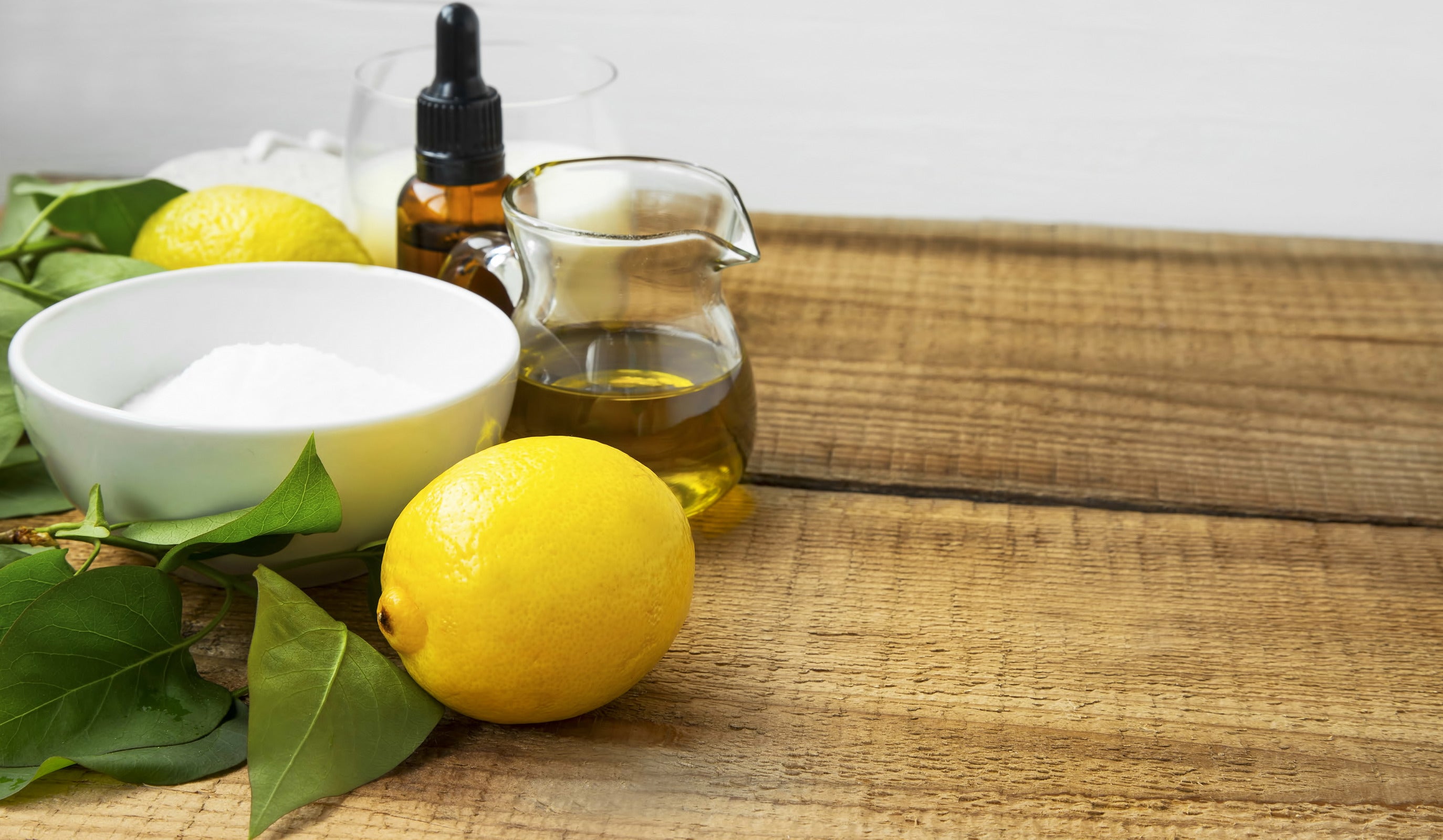
It's great to mix baking soda with other organic ingredients to gain added skincare benefits. For instance, mixing baking soda with coconut oil can yield a hydrating face mask with antibacterial properties.
Adding honey can offer antioxidant and antibacterial benefits, creating a soothing and purifying face mask. Experimenting with these combinations can help you find the most beneficial mixture for your skin type.
Use for Gentle Exfoliation
The granular nature of baking soda makes it an excellent ingredient for gentle exfoliation. It can help remove dead skin cells without causing excessive dryness or irritation.
Mix baking soda with water to form a paste and massage it gently onto your face in circular motions to use baking soda as an exfoliant. Rinse it off with warm water afterward.
Soothe Minor Irritations
Besides its cleansing and exfoliating properties, baking soda can also soothe minor skin irritations. Combining three parts of baking soda with one part of water can create a soothing paste. Applying this paste to irritated areas can reduce redness and itching. You can use Dr. Numb 5% Lidocaine Numbing Cream if you have too much redness and itching.

Conclusion
Baking soda offers many skincare benefits, but paying attention to the potential risks is essential. Your skin is unique, and understanding how it responds to different substances is crucial. You should always patch-test baking soda or other new skincare ingredients and aim for moderation.
Combine baking soda with other natural ingredients for an added skincare boost, and always follow up with hydration to prevent unwanted dryness. Remember, skincare is a journey, not a one-size-fits-all approach. Tune into your skin, listen to what it needs, and adjust your routine accordingly.

![7 Reasons Why Baking Soda Causes Skin Irritation [7 Ways To Use It Safely]](http://drnumb.com/cdn/shop/articles/Can_Baking_Soda_Cause_Skin_Irritation__7_Reasons_7_Uses_Safe.jpg?v=1714570526&width=1100)


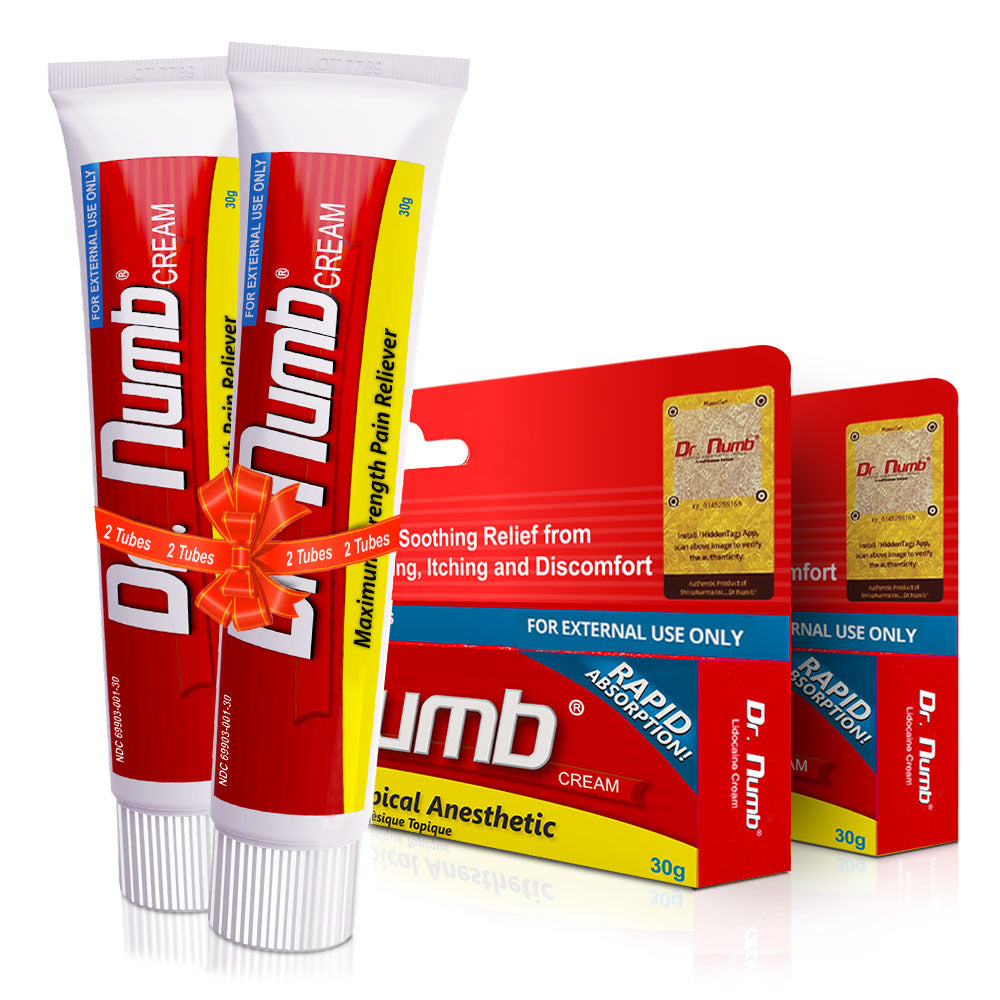

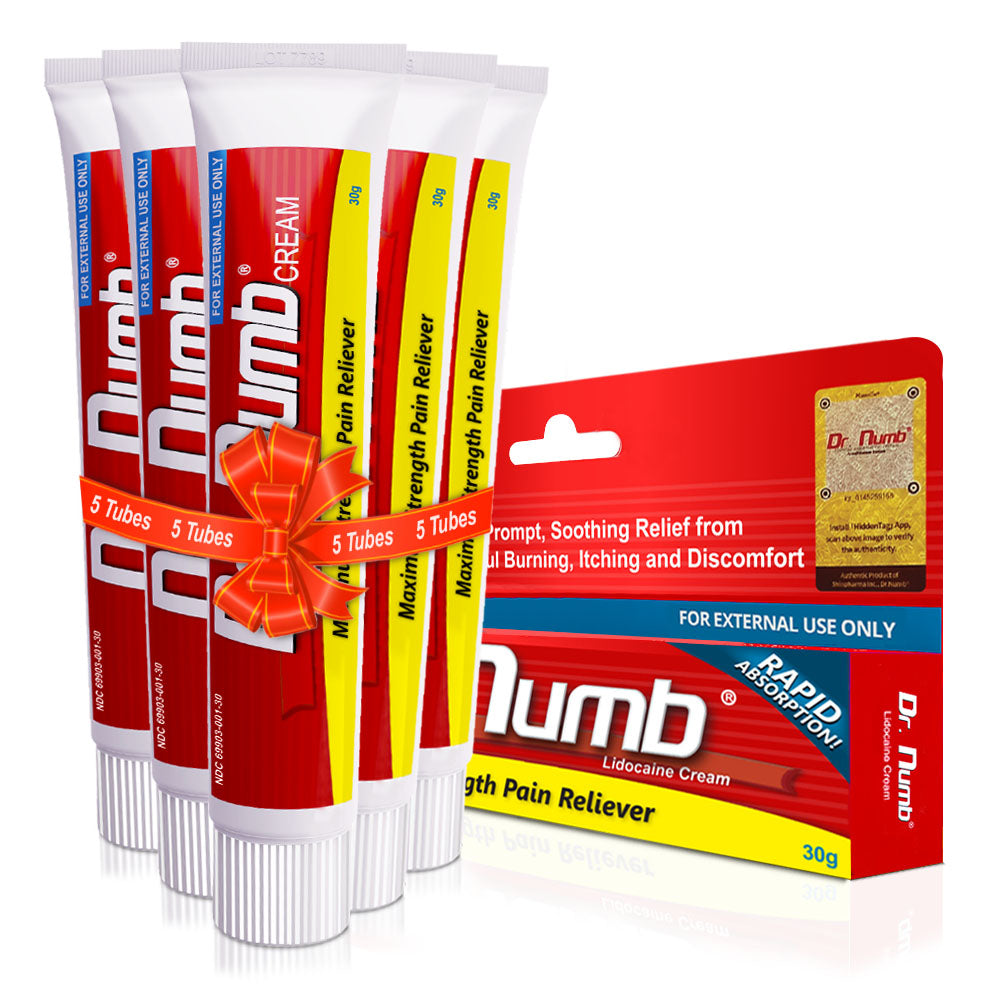
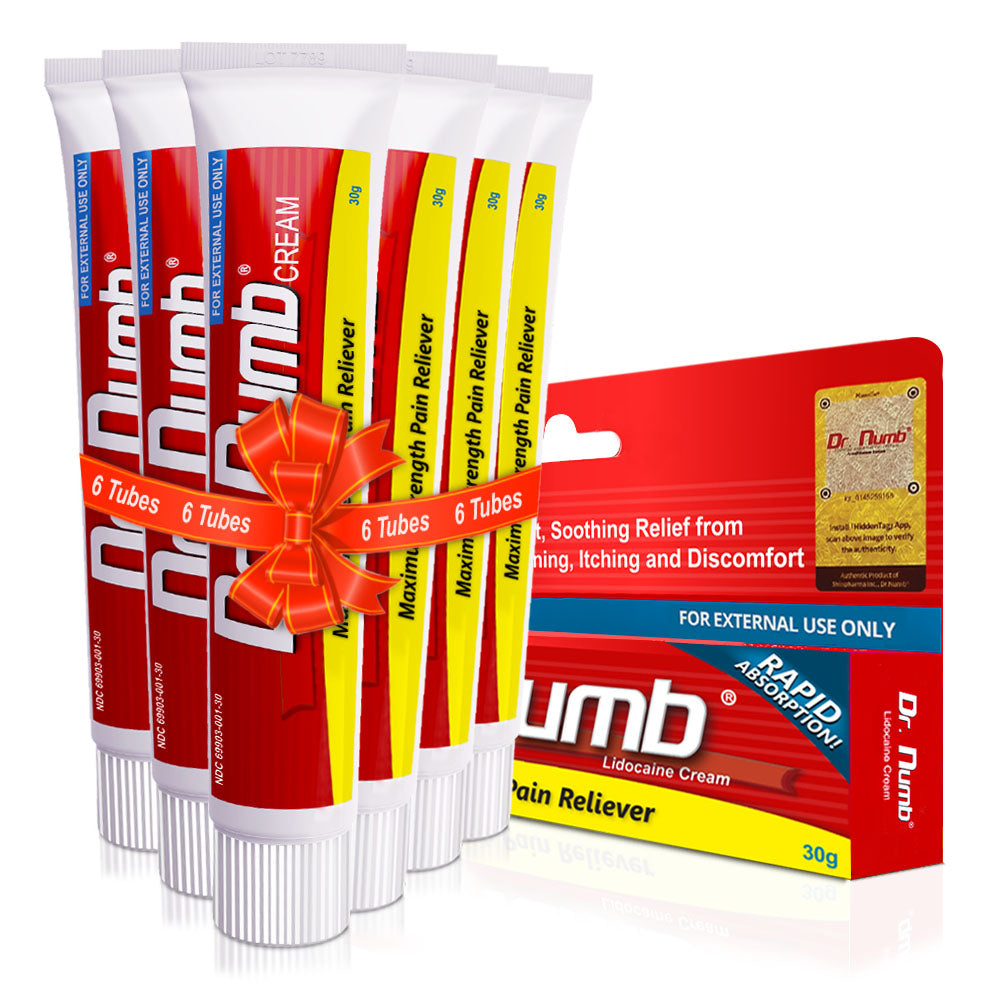
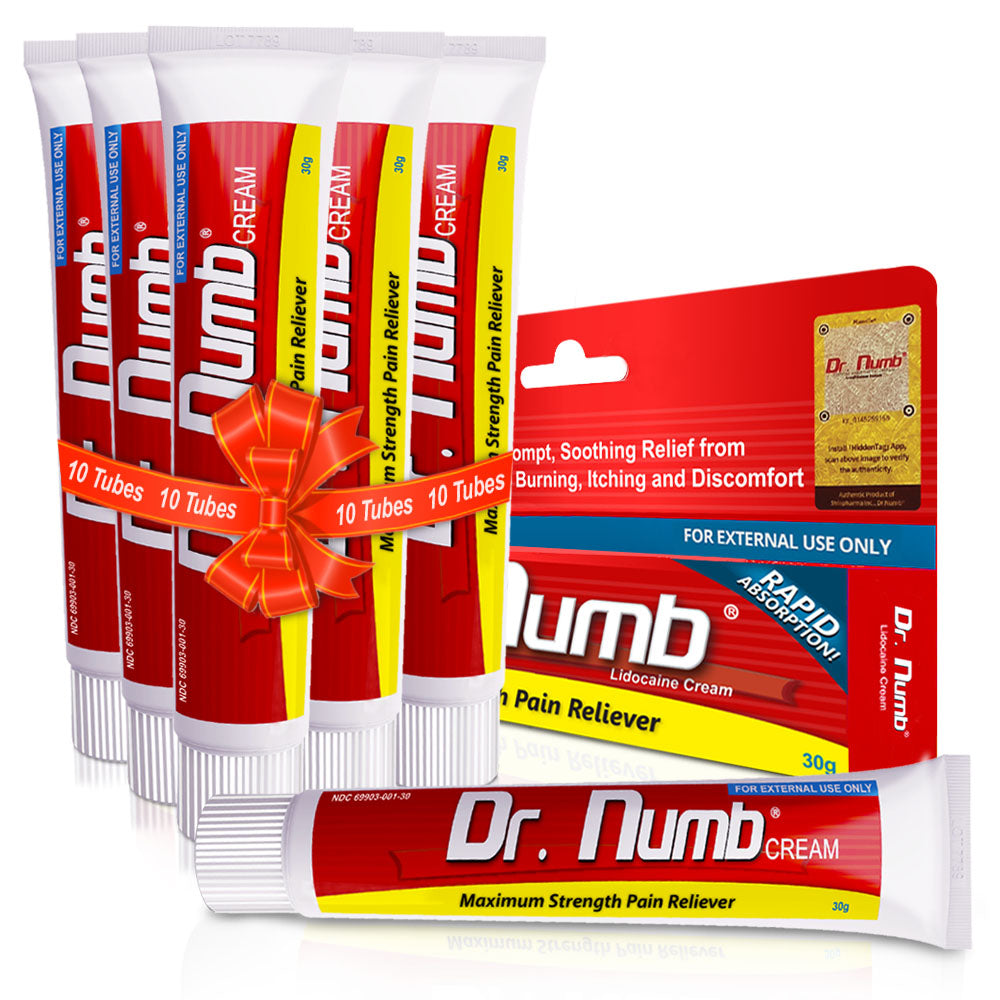
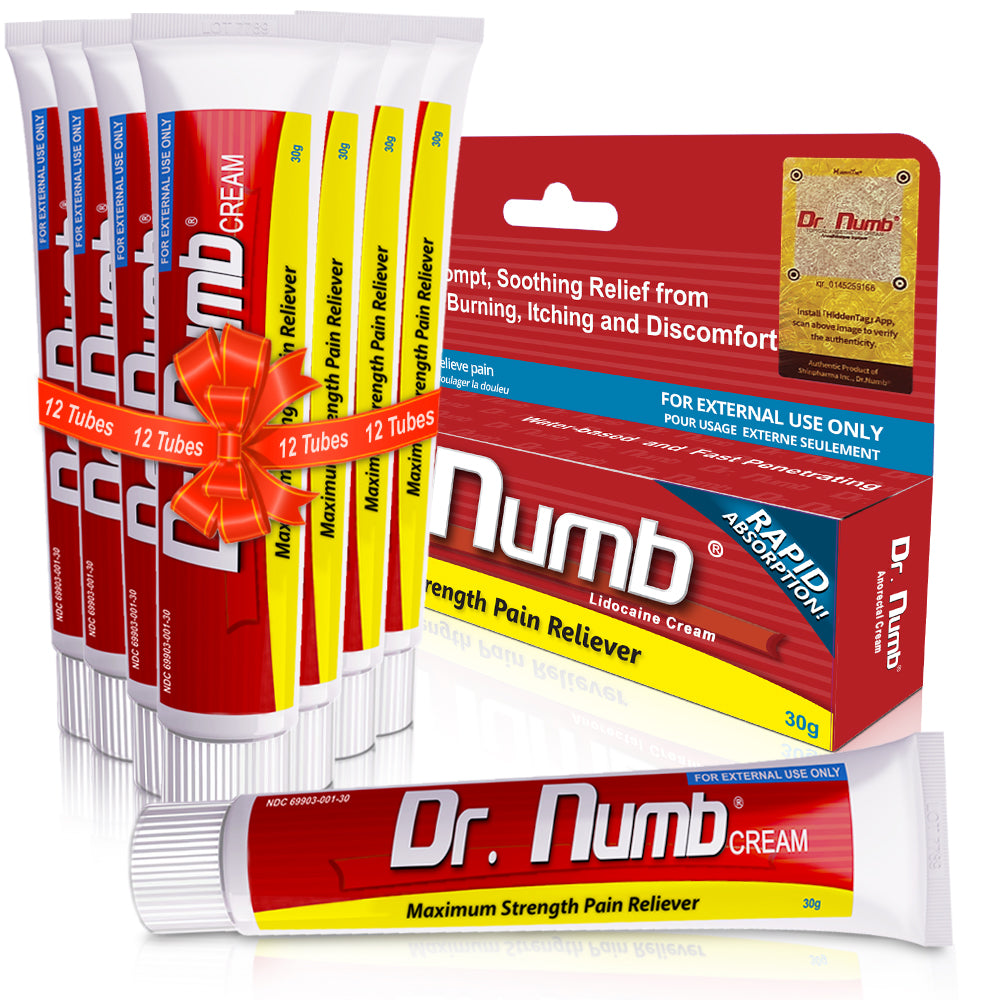





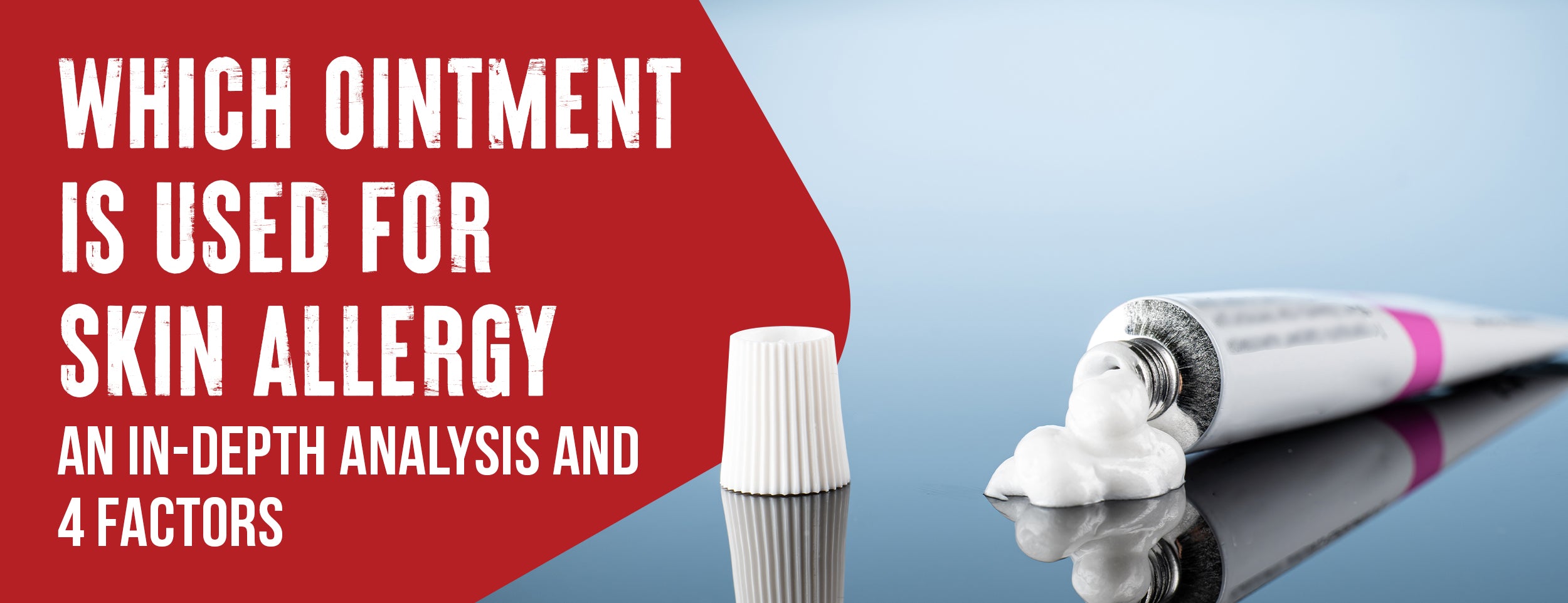
![The Most Common Food Allergies That Cause Itchy Skin [6 Common Symptoms]](http://drnumb.com/cdn/shop/articles/Can_Food_Allergies_Cause_Itchy_Skin__17_Listed_6_Symptoms_Common.jpg?v=1714999986)
